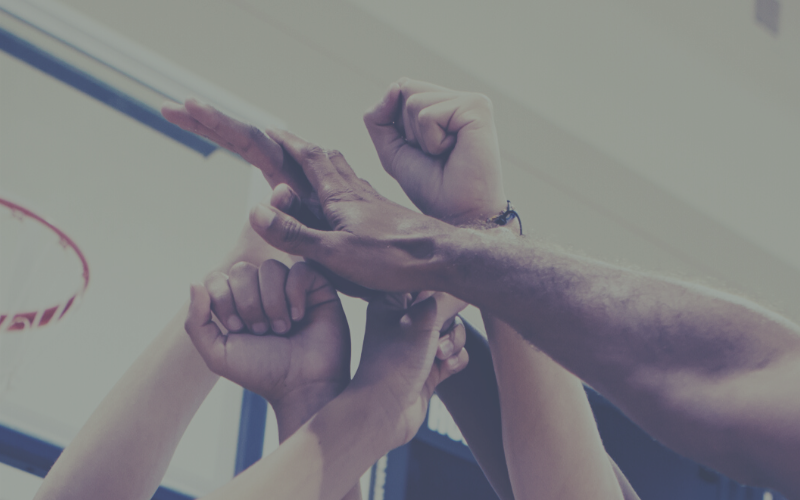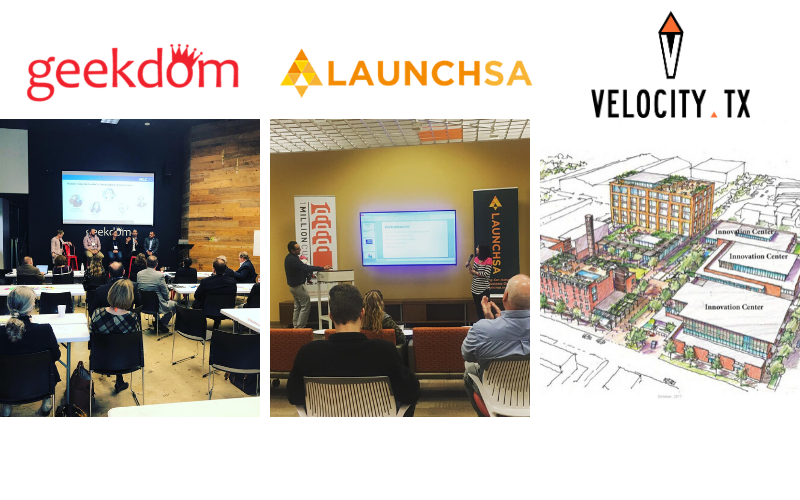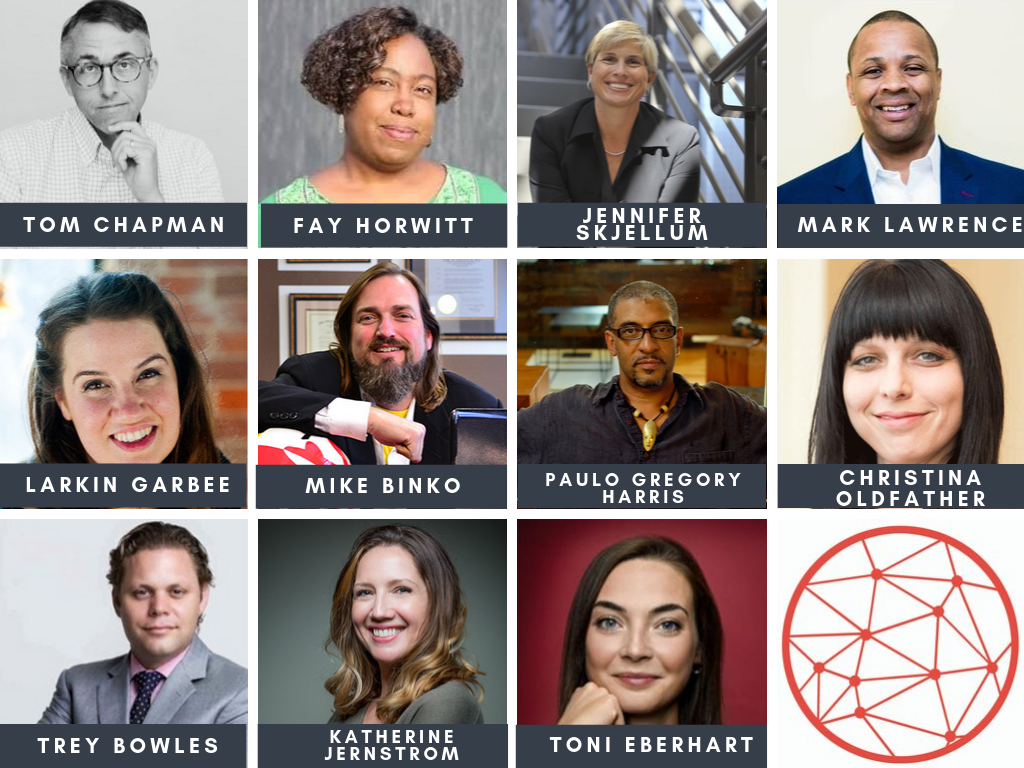GOOD SHIELD 1000: A Repeatable Solution for All Ecosystems
Amid the small business closings and employee furloughs plaguing communities, there’s another growing problem gaining traction across ecosystems: the shortage of PPE supplies for healthcare workers. Hospital workers are forced to reuse masks, make their own masks, or go without protection while treating patients who have COVID-19 or could be a carrier of COVID-19.
Ecosystem builders have been stepping up to serve as the connecters among various players who are helping solve these problems. SCN encourages you to check with the makers, designers, and manufacturers in your community to see what they may already be working on. Likewise, storytellers, funders, non-profit leaders are also helping find the resources needed to create solutions.
One ecosystem builders that has been leading the charge to fix that in her community has developed a playbook for others to do the same. Larkin Garbee, who is a founding member of Startup Champions Network and previously served as Board Chair and then Interim Executive Director, has been behind the scenes sourcing materials and working with makers to develop a supply chain, assembly process, and repeatable solution.
It started by reaching out to the local maker community, where she connected with Indie Lab to offer up her space as a worksite for PPE production and COVID-19 testing and then to the “RVA Maker” group to support efforts around face shield production. Larkin and a few makers who were already trying to support healthcare workers collaborated to find the right prototype. They also brought in a local brewery owner experienced in lean manufacturing. Why a brewery? Breweries have to maintain strict sanitation standards to keep wild yeast and other possible contaminants out of the brewing process.
“We’ve collaborated with entrepreneurs and makers to develop a process where 10 volunteers can make 1,000 shields a day without technical knowledge or specialized equipment at a material cost of approximately $1.50 each, depending on fluctuating material costs. This open-source process puts life-saving protection into the hands of at-risk medical personnel while federal and private resources catch up to the demand,” says Larkin Garbee.
Once the prototype was finalized and the materials were sourced, Larkin began reaching out to other communities to replicate the process. Wilmington, North Carolina where her sister and brother-in-law work as doctors, was the first place she targeted. She found a Wilmington Mom's Facebook group and put out a call for volunteers. Robyn Thomas answered the call and is now leading the charge in her local community. Robyn has already secured a local brewery as a partner and is recruiting donors and volunteers.
Larkin reflects on how her ecosystem builder skills have prepared her for this moment. “I have come to realize that every skill, every connection, every volunteer effort I have done prepared me for this moment. People are showing up in droves and willingly answering every call for support. We are collectively stitching together resources at an unprecedented accelerated pace. We are sprinting a marathon of 14,16, and 18 hour days. Everyone is pushing themselves a little bit harder-- but our push is nothing compared to what our healthcare workers and frontline defenders are doing. At this moment, I could not be more proud to wear my badge as an ecosystem builder.”
We are excited to be partnering with her organization, GOOD WORK Society to support the GOOD HEALTH Task Force. The GOODSHIELD1000 playbook is a streamlined process complete with guidelines for anyone to replicate local face shield production in their ecosystem. The materials are already sourced and can be drop-shipped to a chosen location. There are 6,300 hospitals and 6,000 breweries across the United States. Breweries already have a workforce of trained employees who are skilled in the manufacturing process and trained in sanitation. All it takes is a task force leader to recruit volunteers, handle logistics, and raise funds. Supplies will be drop-shipped to a brewing partner where they can be sorted in a safe environment. Volunteers can pick up the box, assemble the shields, and ship to local medical facilities.
Those interested in starting a #GOODHealthTaskForce to produce face shields should reach out to Larkin at the GOOD WORK Society and she can help you prepare your community to protect those who protect us against this virus. If you are already mounting your own effort, she is also interested in aligning to share best practices and form collaborations to accelerate learnings and deepen the impact. Also, please let us know so we can share your story, too!


























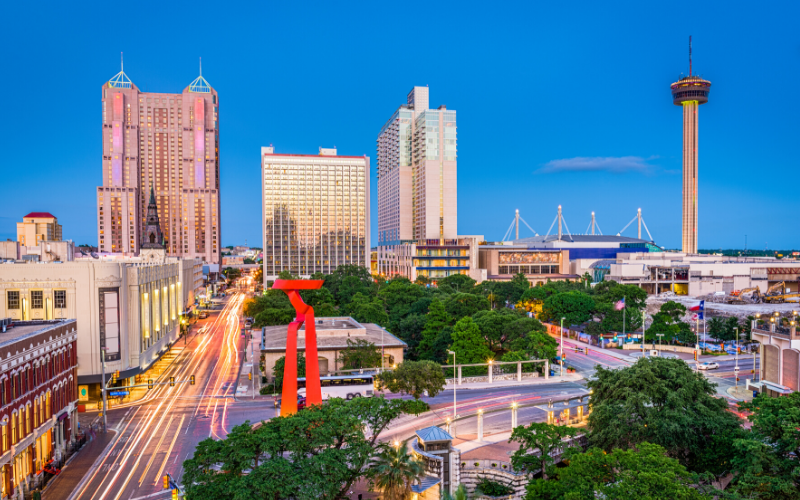
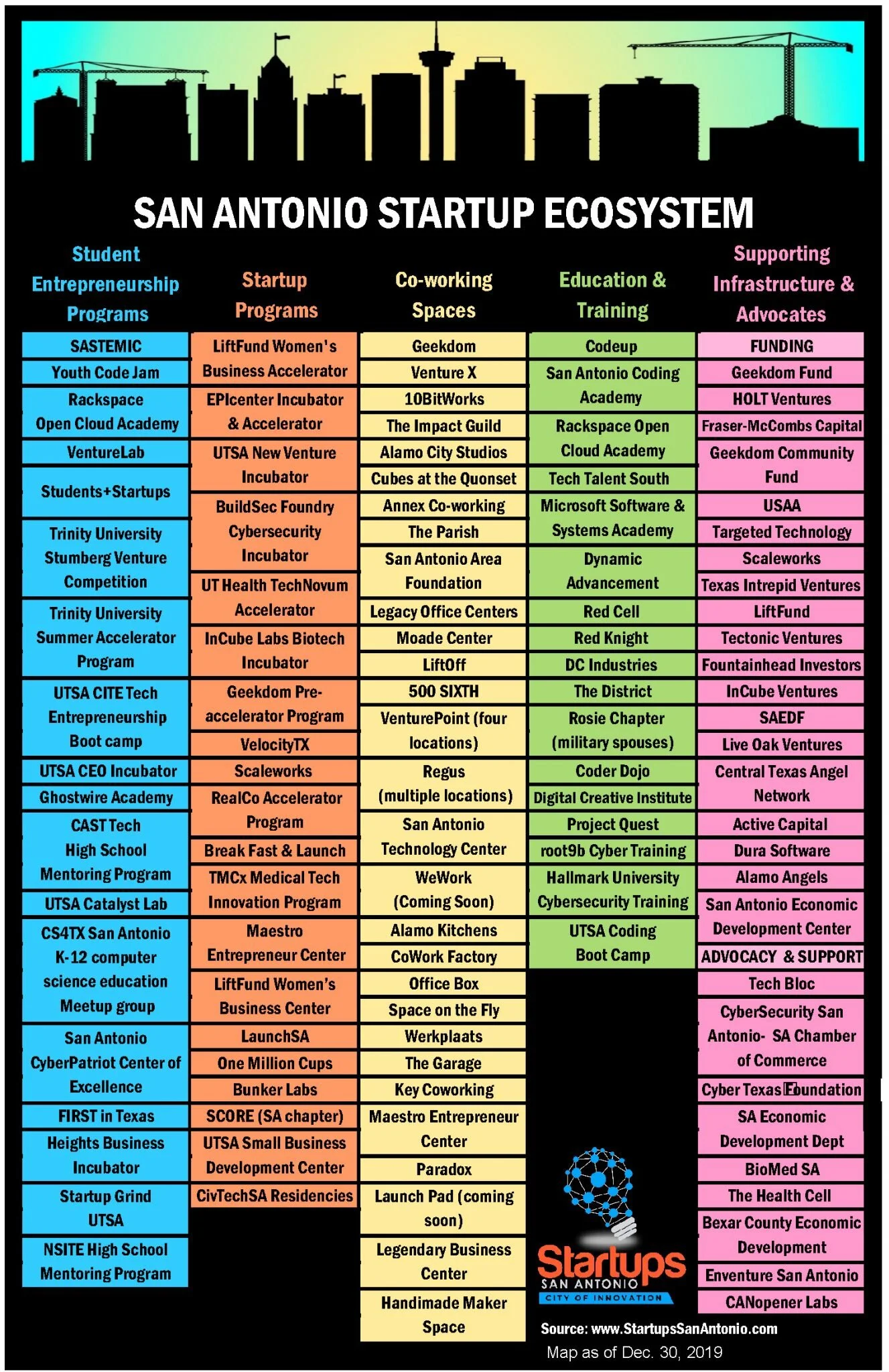
![[Photo credit Launch SA - #SAEW Mentor Rounds Event]](https://images.squarespace-cdn.com/content/v1/563e3a5ae4b0b9b1d011b6c2/1581514218449-9MJA87M3LNDAZMI2S71C/62339627_2265679913539109_2513849795777396736_o.jpg)
